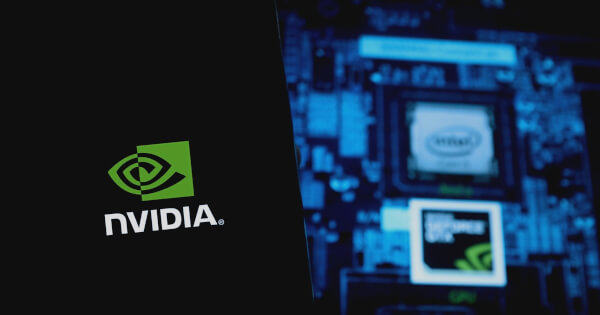AI and Accelerated Computing Propel Energy Efficiency Across Industries
Jessie A Ellis Jul 22, 2024 16:37
AI and accelerated computing are driving energy efficiency in various sectors, reducing consumption and carbon emissions significantly, according to a report by Lisbon Council Research.

Artificial intelligence (AI) and accelerated computing are making significant strides in enhancing energy efficiency across multiple industries, according to a report by Lisbon Council Research. These advancements are crucial as data centers are projected to account for up to 4% of global energy consumption in the near future.
Why Accelerated Computing Is Sustainable Computing
Accelerated computing leverages the parallel processing capabilities of NVIDIA GPUs, allowing more work to be completed in less time and consuming less energy compared to traditional CPU-based systems. This form of computing is increasingly recognized as sustainable computing.
The benefits are amplified when AI is incorporated, given its inherently parallel nature. A report from Lisbon Council Research highlighted that AI applications such as machine learning and deep learning perform significantly better on GPUs than on CPUs, driving substantial energy savings.
User Experiences With Accelerated AI
Industries worldwide are reporting notable energy-efficiency gains through the use of AI and accelerated computing. For instance, financial services firm Murex tested NVIDIA's Grace Hopper Superchip, achieving a 4x reduction in energy consumption and a 7x reduction in time to completion compared to CPU-only systems.
Similarly, Taiwan-based Wistron utilized NVIDIA Omniverse to create a digital twin of a testing room, improving its energy efficiency by up to 10%. This translated to a reduction of 120,000 kWh in electricity consumption annually and a decrease in carbon emissions by 60,000 kilograms.
Up to 80% Fewer Carbon Emissions
The RAPIDS Accelerator for Apache Spark has demonstrated the potential to reduce the carbon footprint for data analytics by up to 80%, while also delivering 5x average speedups and 4x reductions in computing costs. Major corporations such as Adobe, AT&T, and the U.S. Internal Revenue Service are among those utilizing this technology.
In healthcare, Insilico Medicine leveraged NVIDIA-powered AI to discover a drug candidate for a rare respiratory disease, reaching phase 2 clinical trials at a fraction of the usual cost and time.
Speeding Science With Accelerated AI
The National Energy Research Scientific Computing Center (NERSC) has also reported significant energy efficiency gains with NVIDIA A100 Tensor Core GPUs. Their applications saw an average 5x increase in energy efficiency, with weather forecasting applications achieving nearly 10x improvements.
In a recent ranking of the world's most energy-efficient supercomputers, NVIDIA-powered systems dominated the top positions, highlighting the substantial energy savings achievable through accelerated computing.
Underestimated Energy Savings
Despite these gains, some forecasts only consider the energy consumed during the training of AI models, overlooking the efficiency benefits during the deployment phase. A study by the Information Technology and Innovation Foundation (ITIF) debunked these projections, emphasizing the significant energy savings AI can deliver post-training.
The report urges policymakers to recognize the potential of AI in achieving a low-carbon future and to support its adoption to maximize economic and societal benefits.
AI Supports Sustainability Efforts
AI's role in promoting sustainability is further supported by various reports. For example, AI can enhance weather modeling accuracy, improve crop yield predictions, and aid in the discovery of efficient battery materials.
Governments are encouraged to adopt AI tools to decarbonize operations, with NVIDIA collaborating with numerous startups to address climate issues and developing Earth-2, an AI supercomputer dedicated to climate science.
Enhancing Energy Efficiency Across the Stack
Since its inception, NVIDIA has focused on improving energy efficiency across its products. Recent innovations include the NVIDIA GB200 Grace Blackwell Superchip, which offers 25x energy efficiency over previous generations in AI inference, and the BlueField-3 DPUs, which can reduce power consumption by up to 30% by offloading data center functions from CPUs.
Moreover, NVIDIA's liquid-cooling technology, under development with a grant from the U.S. Department of Energy, promises a 20% efficiency improvement over current air-cooled systems.
These advancements underscore NVIDIA's commitment to driving energy efficiency and supporting sustainable computing practices across various sectors.
For more information, visit the original source.
Image source: Shutterstock.jpg)